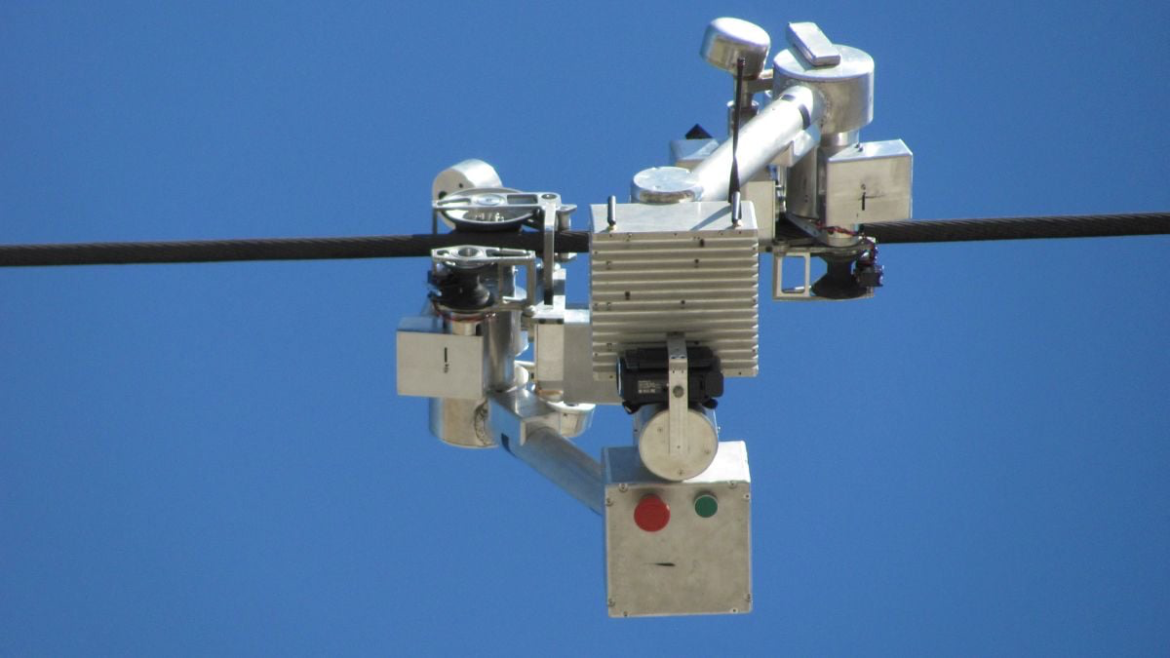KEY POINTS
- Eskom’s homegrown powerline inspection robot earns patents in South Africa and the United States.
- Developed from a university project, the device is revolutionising power infrastructure monitoring.
- The technology is now attracting global interest, including from Japan and New Zealand.
A robot designed to inspect South Africa’s powerlines has earned Eskom international recognition, after being patented in both South Africa and the United States. The Powerline Inspection Robot, originally conceived as a master’s project, is now transforming how the state-owned utility monitors and maintains its vast national grid.
Developed by Trevor Lorimer and former University of KwaZulu-Natal professor Edward Boje, the technology was supported by Eskom’s Research, Testing and Development division, with additional backing from the KwaZulu-Natal Department of Economic Development’s Technology Transfer Fund.
Eskom described the breakthrough as a milestone in homegrown innovation. “This robot has already caught the eye of Tokyo Electric Power Company, proving that local ideas can make a global impact,” the utility said in a statement.
From Classroom Project to Industrial Solution
The Powerline Inspection Robot began as an academic experiment aimed at improving the safety and efficiency of powerline inspections, traditionally conducted through costly and dangerous helicopter or foot patrols. The robot now provides a faster, safer, and more detailed alternative by carrying high-resolution cameras and sensors along live overhead powerlines.
“Our robots are specialised vehicles that can transport inspection cameras along live conductors,” said Lorimer, managing director of Power Line Robotics. “They can climb past towers, roll on the lines, and provide detailed views of every span and support structure.”
Mounted directly on powerline conductors, the robots are stable and highly energy-efficient. They are controlled remotely from a ground station, and recent improvements allow them to use machine-vision technology to recognise line hardware and adjust their movements automatically.
Built to withstand harsh environments, including strong winds, heavy rain, and high electromagnetic fields, the robots use robust shielding and precise circuit designs to ensure continuous operation.
Lorimer said Eskom’s adoption of the technology will reduce the number of faults that trip powerlines, a persistent problem that causes power dips across industrial and residential networks. “In the long run, these robots can remain on the lines indefinitely, providing data continuously and helping detect damage before it becomes critical,” he explained.
A Global Innovation with African Roots
Interest in the project has spread beyond South Africa. Governments and utility firms in the United Kingdom, New Zealand, and the United States have reportedly reached out to explore partnerships.
Lorimer described the robot as “a disruptive innovation” in the energy sector, with design features that offer advantages over competing technologies developed elsewhere. He added that global recognition of the patent marks an important step toward commercialising the invention worldwide.
Eskom, long criticised for its operational challenges, sees the Powerline Inspection Robot as proof that South African research and engineering can set new global standards in utility management.
As energy systems worldwide push for automation and resilience, Eskom’s robotic inspector may represent more than just a technological leap, it could signal the beginning of a new era for African-born innovation in the power sector.



